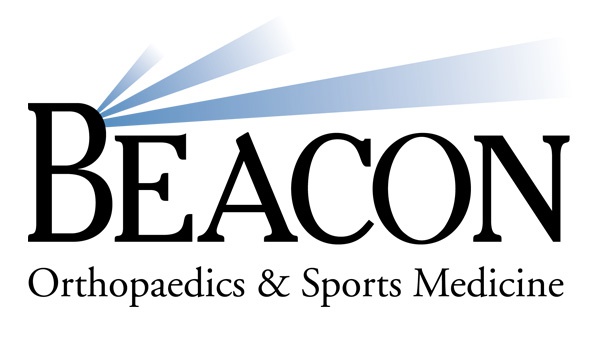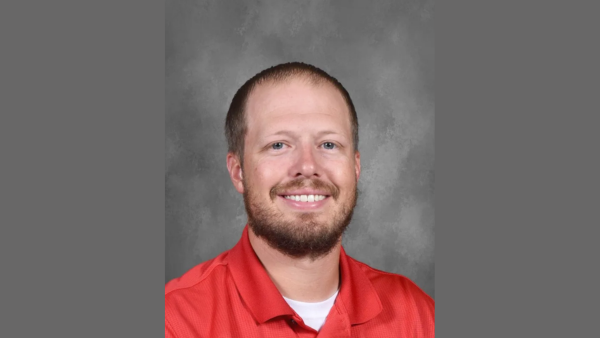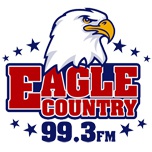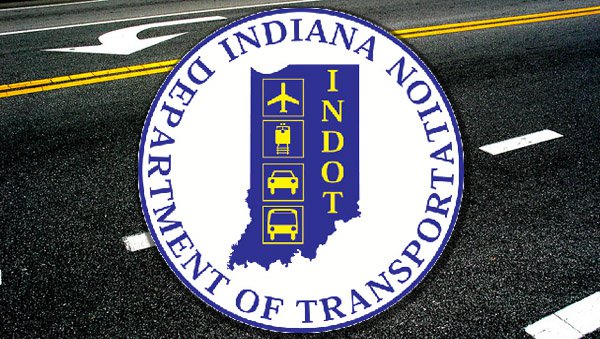“We discuss what the patient wants to be able to do after treatment, and together, we develop the best treatment plan to get there.”

(undated) - We use our backs (and the muscles and ligaments therein) quite literally all the time. When we sit, stand, walk, run, or stretch, our backs are constantly working. So, it is no wonder that many of us experience back pain at some time in our lives. It is the second highest reason people take sick days off from work (behind the ordinary cold).
According to Dr. Jaideep Chunduri, a Board Certified Spine Surgeon at Beacon Orthopaedics & Sports Medicine in Lawrenceburg and Beacon West, the most common causes of back pain are:
- Ligament or Muscle Strains or Sprains
- These can occur while bending, twisting, stretching or reaching. The pain ranges from mild to severe.
- Spinal Nerve Compression
- Unwanted pressure on the nerves causes pain, numbness and weakness anywhere from the cervical spine (neck to the arms) and the lumbar spine (from the buttock through the legs) depending on the severity of the compression.
- Herniated Discs
- Herniated discs get their name from hernias which occur when an organ pushes through the muscle or tissue that holds it in place. These most commonly occur with the intestines and the abdominal wall. However, sometimes the gel-like fluid in the center of a spinal disc herniates -- pushing through the fibrous outer wall resulting in a large bulge that can press on nearby nerve roots, causing pain. Think of it as the jelly from inside of a jelly donut squirting out. Pain from a herniated disc can occur at the hernia site or in other places like arms or legs.
- Bulging Discs
- Bulging discs are less likely to cause pain than herniated discs simply because they haven’t protruded far enough to press on a nerve. However, they often progress into full-blown herniated discs over time. So preventing and caring for them is important.
- Degenerative Disc Disease
- Degenerative disc disease is the culmination of the effects age has on the body and spine. As you age, your body dehydrates. This causes the spaces between discs to narrow, causing changes in height and space available for the nerves. This resulting excess pressure on the spine can cause pain. Just because you have a degenerated disc or herniated disc does not necessarily mean that you have pain.
Even with all these causes, back pain is not inevitable. As with all physical activities, stretching before and after a workout is important. Here are some exercises you can do to reduce back pain:
- Toe Touches
- Sit-Ups (on a flexible material – e.g. yoga mat)
- Hamstring Stretches
- Leg Lifts
- Wall Sits
- Press-Up Back Extensions
- Knee-to-Chest
- Pelvic Tilts
Now, if you do injure yourself, be sure to avoid the activities that exacerbate spinal stress. Take brief rest periods throughout the day (laying flat on a soft surface), take a short walk or stretch every 20 minutes or so. Apply heat or cold to the problem area to reduce discomfort or swelling and inflammation. Consider using over-the-counter medications that are approved by your physician.
However, if your back pain becomes severe or doesn’t improve after two weeks of using these at-home remedies, it may be time to seek medical treatment that is specialized for your situation. “When working with patients, my objective is to help them reach their goals,” said Dr. Chunduri. “We discuss what the patient wants to be able to do after treatment, and together, we develop the best treatment plan to get there.”
All nine Beacon locations are seeing patients. Striving to ensure patient and staff health, Beacon offers Telehealth Video Visits and when seeing patients in person, they are using all approved safety protocols, including temperature checks, masks, hand sanitizing.
Providing a safe environment to diagnose and recommend the next steps for any injury is always the right thing to do. If your back pain is not getting better with rest and other at-home remedies, please visit www.beaconortho.com or call 513-354-3700 to schedule an appointment.

 Local Sports Report - December 19-20, 2025
Local Sports Report - December 19-20, 2025
 East Central Football Coach Recognized at Bengals Game
East Central Football Coach Recognized at Bengals Game
 East Central, Lawrenceburg Stars Named EIAC Soccer MVPs
East Central, Lawrenceburg Stars Named EIAC Soccer MVPs













